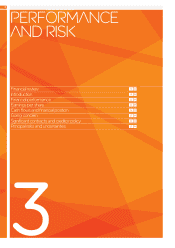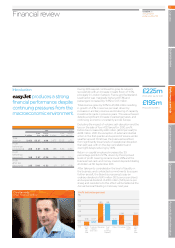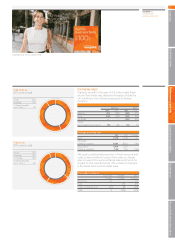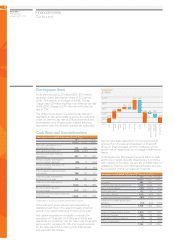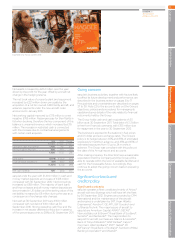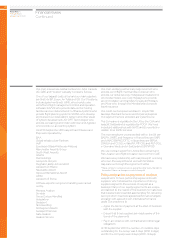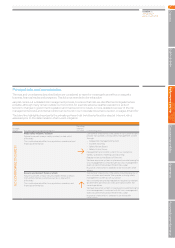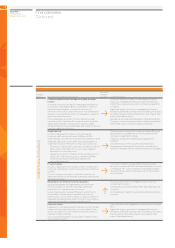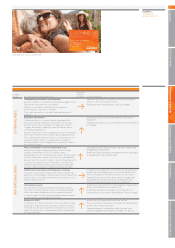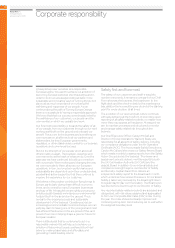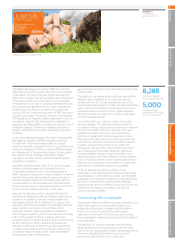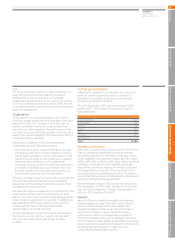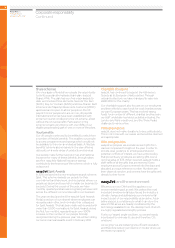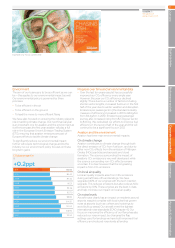EasyJet 2011 Annual Report Download - page 29
Download and view the complete annual report
Please find page 29 of the 2011 EasyJet annual report below. You can navigate through the pages in the report by either clicking on the pages listed below, or by using the keyword search tool below to find specific information within the annual report.
easyJet plc
Annual report
and accounts 2011
Overview Business review Performance and risk Corporate responsibility Governance Accounts & other information
27
Principal risks and uncertainties
The risks and uncertainties described below are considered to have the most significant effect on easyJet’s
business, financial results and prospects. This list is not intended to be exhaustive.
easyJet carries out a detailed risk management process, to ensure that risks are identified and mitigated where
possible, although many remain outside our full control, for example adverse weather, pandemics, acts of
terrorism, changes in government regulation and macroeconomic issues. A more detailed overview of the risk
management process and internal control can be found in our Corporate Governance section on pages 49 and 50.
The trend line highlighted represents the prevailing inherent risk trend being faced by easyJet. Inherent risk is
assessed prior to the determination of all current mitigation.
Strategic
impact Risk description and potential impact
Prevailing
inherent
risktrend Current mitigation
NO COMPROMISE ON SAFETY
Major safety incident / accident
Failure to prevent a major safety incident or deal with it
effectively.
This could adversely affect our reputation, operational and
financial performance.
p
Our number one priority is the safety of our customers and
people. We operate a strong safety management system
through:
– Fatigue Risk Management System
– Incident reporting
– Safety Review Board
– Safety Action Group
Management and control system for our operations.
Weekly operations meetings and reporting.
Regular review by the Board of Directors.
We have response systems in place and provide training for
crisis management; combined with full crisis management
exercises performed at least three times ayear.
Insurance is held which is believed to be in line with other
airlines.
Security and terrorist threat or attack
Failure to prevent a major security related threat or attack
from either internal or external sources or deal with it
effectively.
This could adversely affect our reputation, operation and
financial performance. i
Our number one priority is the safety, including security, of
our customers and people. We operate a strong safety
management system as set out above.
We constantly ensure that regulations required by relevant
governments are enforced. Crew are trained within the
current guidelines.
We have response systems in place and provide training for
crisis management; combined with full crisis management
exercises performed at least three times ayear.
Insurance is held which is believed to be in line with
otherairlines.



